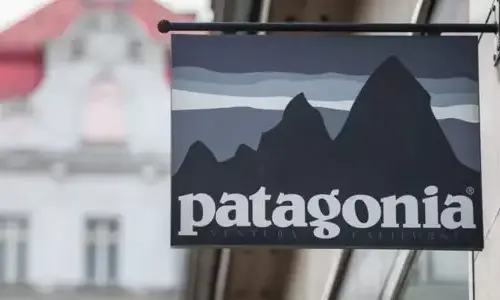The interesting history of Cadbury
Cadbury is one of the most popular brands in the world when it comes to confectionery.
Although headquarter is located in the UK, the brand can be found all over the world, including the United States, the Middle East and Asia.
The story of Cadbury begins in Birmingham.

Birmingham is a city in the Midlands of England, UK.
He is a Quaker who believes that one of the main causes of poverty in England is alcohol.
During this period, Quakers was forbidden to attend college or even enlisted.
As a result, many of them have established their own businesses or joined their families in the small professions that have formed in the area.
Cadbury wanted his shop to make people think twice about buying wine and choose better drinks he made instead.
Along with 16 different types of chocolate drink, John Cadbury also had 11 varieties of cocoa in 1842.
Although he had been on his own for 18 years by this point, his brother Benjamin decided they should join forces, and hence the name Cadbury Brothers of Birmingham came into being.
In 1854 they became the official cocoa supplier to Queen Victoria, relocated their headquarters to London and became the recipient of the Royal Certificate.
Despite this success, John's loss of family and poor health meant that in 1860 the business was transferred to George and Richard Cadbury, the sons of original founder John Cadbury.
After 4 years, George and Richard have made huge profits, and are known worldwide as the best producers of cocoa butter.
Their factory was relocated south of Birmingham, where it was eventually named Bournville.
Not only the factory itself was called Bournville, but George Cadbury also developed a plot of land in the surrounding area so that his employees could live.
Following in his father's footsteps to bring about change and improve society, housing and living conditions have provided great comforts for the people who work at the Bournville factory and their families.
In 1899, Cadbury focused solely on chocolate.

By 1899, Cadbury became a limited liability company focusing on chocolate production instead of tea and coffee.
The first milk chocolate has been produced and many new recipes from the master chocolate manufacturers have been shared and are being completed in the factory.
Nearly 3,000 new employees have been recruited to run the factory and help with confectionery production.
Cadbury's supporting armies during World War I & II.
From 1914-1918, hundreds of male workers at the Bournville factory served in the military, and Cadbury supported them and their families during World War I.
When they returned, they received support in education and training.
When the war ended, Cadbury decided to open the first factory outside the UK, choosing Tasmania as the destination.
This has pushed the brand to reach further and worldwide, making Cadbury even more famous.
Unfortunately, 1918 was not the end of the war, and in 1939 when World War II broke out, Cadbury continued to strengthen to support the army and help with war efforts.
Cadbury St. Ambulance Unit
Several staff members helped cultivate the area so more food could be sent to the army and Cadbury's chocolate itself was seen as a staple, not just for families across the kingdom.
Allocation continued after World War II ended in 1945 and finally ended in 1949.
Over the years, Cadbury has cooperated with many other corporations & brands.

The first collaboration was with J.S.
The next company came in 1969 when Cadbury teamed up with Schweppes, a well-known producer of soft drinks and energy drinks.
In 2008, things changed again when Schweppes was split into other companies and things were no longer that simple.
However, in 2010, giant Kraft Foods acquired Cadbury for a staggering £ 11.5 billion (approximately $ 19 billion).
At the same time, the US-based Hershey company also wanted to buy Cadbury, but they could not compete with the offer from Kraft and decided not to participate in the bidding war.
Kraft Foods split into two companies in 2012, one of which is Mondelez International.
It became part of the company responsible for confectionery, so Cadbury was under its control.
In 2014, they announced that the Bournville area would be home to a £ 75m investment.
Now that you know the entire history of Cadbury's famous chocolates, you'll never eat your favorite sweets again without thinking of John Cadbury and the compelling story behind the brand.
 52ºc, New York
52ºc, New York







